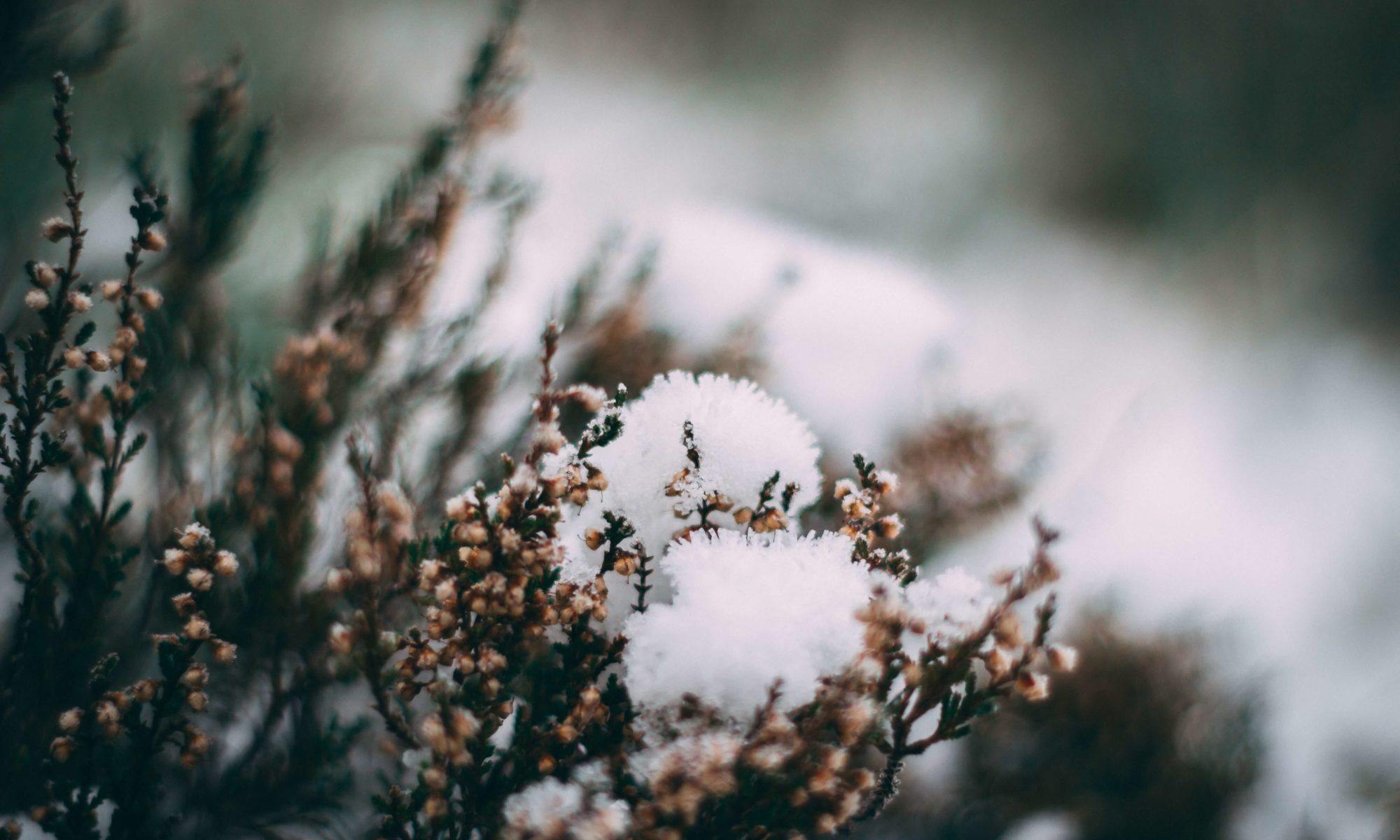Frost, wind, and cold are the main enemies of plants during the winter period and carry as many dangers that threaten their growth and good development. How would one protect them effectively and succeed in their wintering? Here’s all you need to know from Brad Roemer to take care of plants during the winter season, from houseplants to vegetable gardens.
Which plants are concerned?
As the cold season comes along, the development of deciduous plants stops; they enter a kind of hibernation. This, however, is not the case for persistent. The latter are therefore exposed to bad weather in the winter months, such as frosts and can be fatal to the plant. It is therefore important to protect evergreen shrubs, but also young plantations, that is to say, up to a year or so. Potted plants are also very much fragile as their roots are less protected than when in the ground.
Why protect your plants in winter?
Cold first, snow and frost too. In fact, the drop in temperatures will hinder the good development of plants, which, since their sap came down in late fall, are dormant, a state of life slowed down. In addition, with diseases reaching a peak at the end of the summer, if the plants fall asleep, they will not be able to fight the infection during this very harsh period and will usually fall apart during the winter season. It is therefore essential to take care of the plants and protect them so that they can blossom again in the springtime.
When should I protect my plants?
When winter is approaching, you are afraid that the plants in the garden will be damaged by the cold. However, it is necessary to wait for the first frosts so that the plants are prepared for sometimes negative temperatures and go dormant. Thus, trees, shrubs, and roses need to be exposed to temperatures between 0 ° C and -10 ° C a few days: cold and frost are indeed important for lignification (plant cells are transformed into wood ) and limit the appearance of harmful insects.
Ideally, you would want to put in place the different protections as late as possible in the season (mid-November) and remove them as soon as the temperatures rise just a little.
When will you find them? Similarly, we should not wait until it is too hot to remove the protections. At the first thaws of the ground (March or April according to the climates), you can discover them, except if the temperatures are too unstable between the day and the night. Indeed, a protection maintained too long may favor a rotting of the plant.
Note that you can give a little boost to the plants at the end of the summer, with a dose of fertilizer and dress them in a wintering veil for example, which will hold until the end of February.
Last tip: never leave the plants unattended or cared for during the winter period. It is not because they are sheltered under their wintering veil that they must be abandoned.

